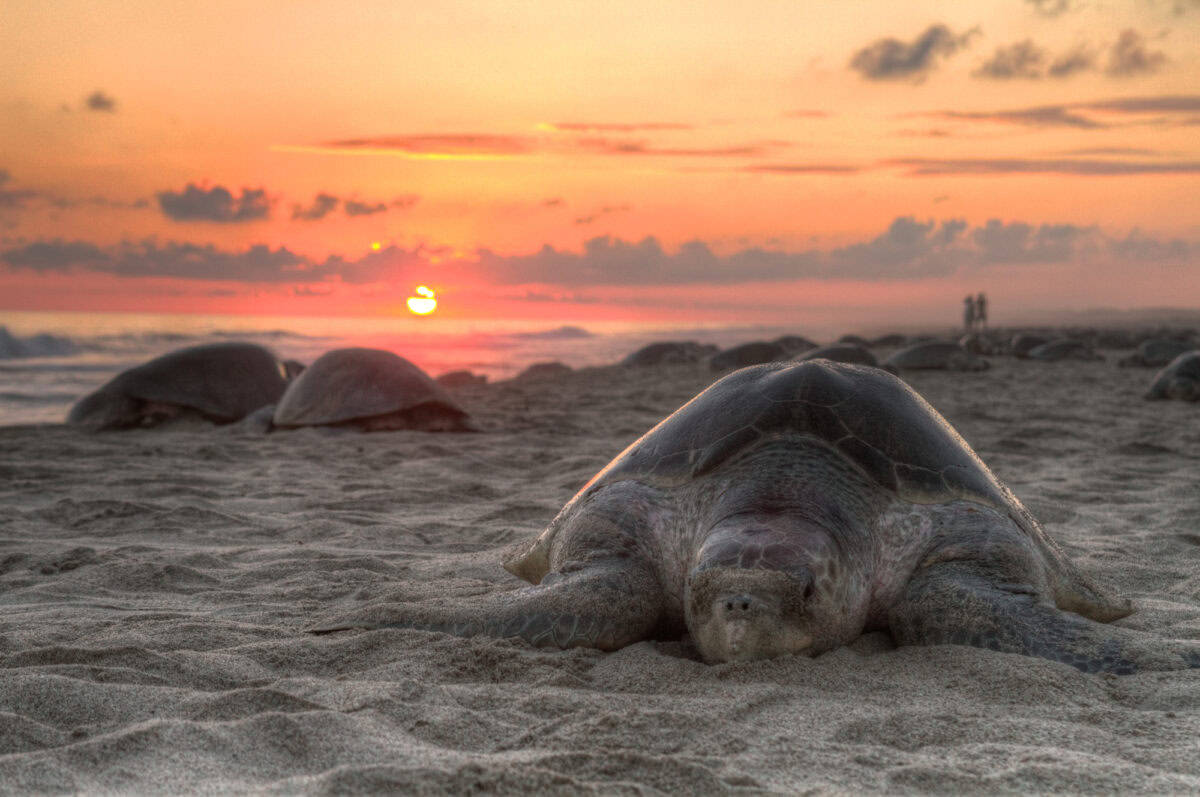In the vast expanse of our world’s oceans, sea turtles embark on one of nature’s most remarkable journeys. After spending years—sometimes decades—swimming thousands of miles through open waters, female sea turtles make an extraordinary pilgrimage back to the very beaches where they were born to lay their own eggs. This phenomenon, known as natal homing, represents one of the most fascinating behaviors in the animal kingdom. These ancient mariners, who have navigated Earth’s oceans for over 100 million years, demonstrate an uncanny ability to find their way back to their birthplace with astonishing precision, often returning to the exact same stretch of beach year after year. This article explores the mystery behind this incredible navigational feat and why it remains so crucial to the survival of these endangered creatures.
The Remarkable Journey of Sea Turtle Migration

Sea turtles are true nomads of the ocean, undertaking some of the longest migrations of any marine creature. These epic journeys can span thousands of miles between feeding grounds and nesting beaches. For instance, leatherback turtles are known to travel over 10,000 miles annually, crossing entire ocean basins between foraging and nesting sites. Green turtles have been documented swimming from Brazil to Ascension Island in the middle of the Atlantic Ocean, a journey of over 1,400 miles, with nothing but open water between these points.
What makes these migrations even more impressive is that sea turtles accomplish them without the benefit of landmarks. Unlike birds that can use visual cues during migration, sea turtles navigate through the featureless open ocean, often traveling through waters with few distinguishing features. Yet somehow, after years or even decades away, mature female turtles find their way back to the exact beaches where they hatched, sometimes pinpointing stretches of coastline just a few kilometers long among thousands of miles of available shoreline.
Natal Homing: The Science Behind Returning Home
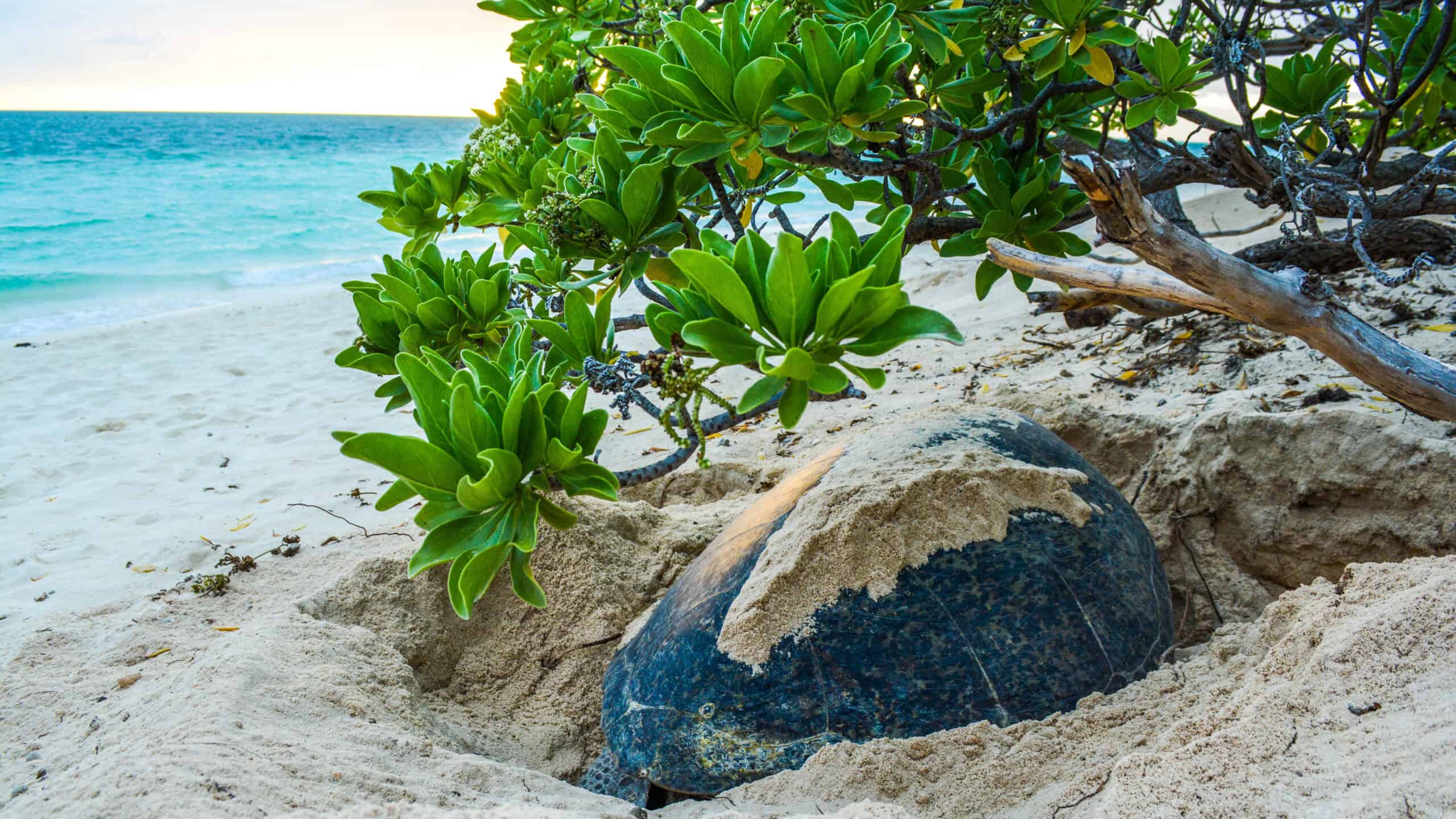
Natal homing, the behavior of returning to one’s birthplace to reproduce, is the driving force behind sea turtles’ return to their natal beaches. This phenomenon has fascinated scientists for decades and represents one of the most precise examples of homing behavior in the animal kingdom. Research has confirmed this behavior through genetic studies, which show that nesting females are more closely related to others nesting on the same beach than to turtles nesting elsewhere, even on beaches just a few miles away. This genetic signature is strong evidence that female turtles return to their birthplace generation after generation.
The precision of natal homing varies somewhat among sea turtle species. Loggerhead turtles, for example, typically return to their natal region but may nest on beaches within about 5-10 kilometers of their actual birthplace. Green turtles often show even greater precision, frequently returning to the exact stretch of beach where they hatched. This fidelity to nesting sites creates distinct genetic populations of sea turtles, even when they share feeding grounds with turtles from other nesting beaches during non-breeding periods.
The Imprinting Process: How Turtles Remember Their Birthplace

One of the most intriguing aspects of sea turtle navigation is how these animals imprint on their natal beaches. Scientists believe that hatchling turtles memorize the unique characteristics of their birth beach during what’s known as the “imprinting period”—the brief time between when they emerge from their eggs and when they reach the ocean. During these crucial minutes or hours, the young turtles are thought to commit to memory specific chemical cues, magnetic field parameters, and possibly other sensory information that will guide them back when they mature.
This imprinting is believed to be particularly strong for the unique chemical signature of each beach. Every nesting beach has a distinct combination of minerals, organic compounds, and other elements that create a chemical “fingerprint.” Research suggests that turtles memorize this chemical profile and can recognize it decades later when they return to reproduce. This remarkable ability explains how a turtle can distinguish its birth beach from thousands of other seemingly similar beaches along a coastline.
Magnetic Navigation: Nature’s Built-in GPS

Perhaps the most fascinating aspect of sea turtle navigation is their ability to use Earth’s magnetic field as a guidance system. Sea turtles possess what scientists call “magnetoreception”—the ability to detect the planet’s magnetic field and use it for orientation. Earth’s magnetic field varies in both intensity and inclination angle across the globe, creating a sort of magnetic map that turtles can read. Each coastal area has a unique magnetic signature, which turtles appear to memorize during the imprinting process.
Experiments have demonstrated this remarkable ability. When researchers exposed hatchling turtles to artificial magnetic fields mimicking those found in different locations, the turtles oriented themselves as if they were actually in those locations. For instance, when exposed to the magnetic signature of a location north of their testing site, turtles would attempt to swim south, as they would need to do if they were truly at that northern location and needed to return to their home beach. This magnetic sense is so precise that it allows turtles to determine both latitude and longitude, essentially giving them a complete navigational system hardwired into their biology.
The Role of Ocean Currents and Celestial Navigation
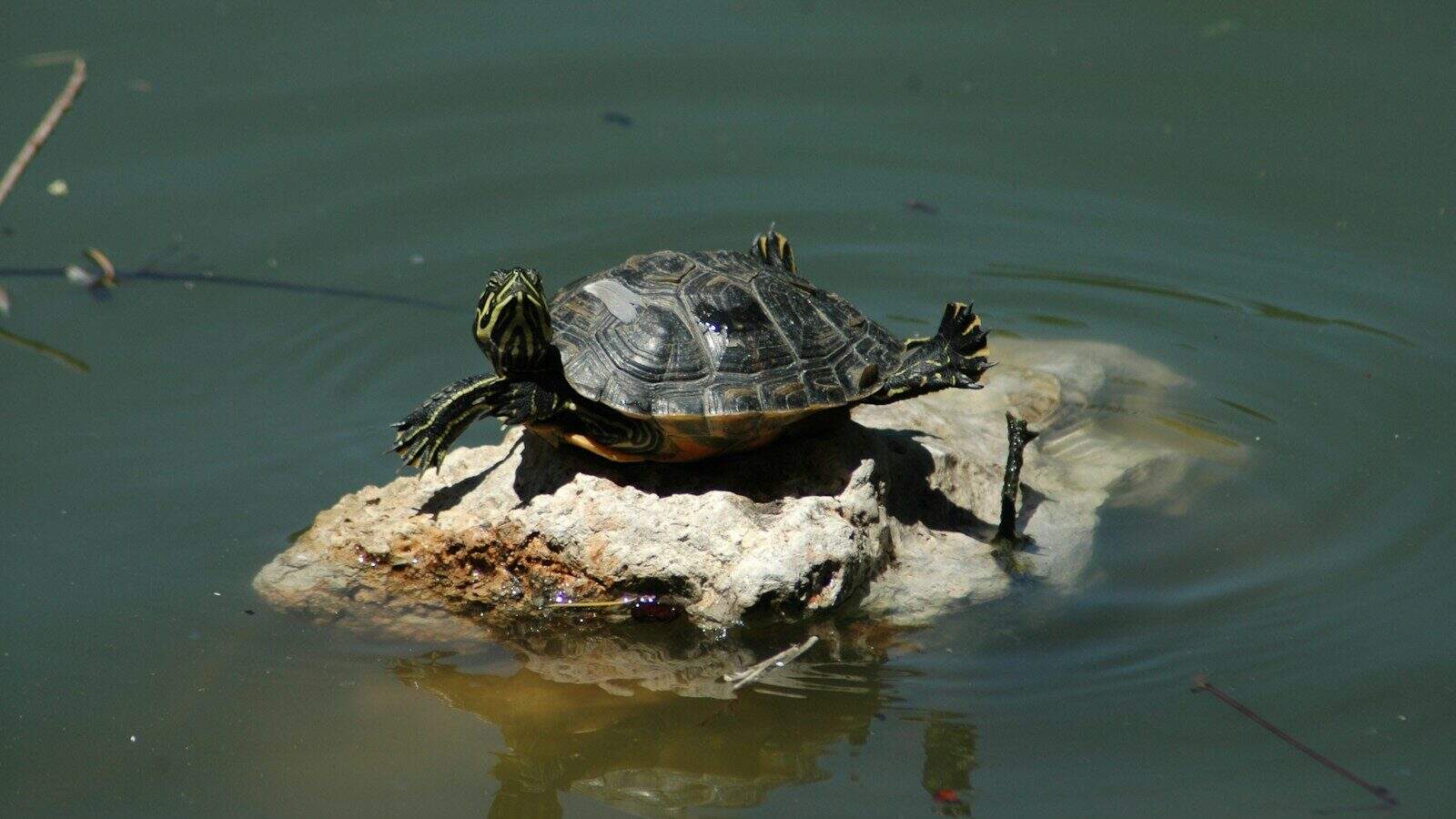
While the magnetic field serves as sea turtles’ primary navigational tool, research suggests they use multiple methods to find their way home. Ocean currents play a significant role in their navigation strategy. Turtles can detect the direction and strength of currents and use this information to help maintain course during their long migrations. Some scientists believe turtles may also be able to detect subtle changes in water chemistry or temperature that help guide them toward familiar waters.
Celestial navigation may also complement their toolkit. Studies indicate that turtles can orient themselves using the position of the sun during daylight hours. At night, they may navigate by the stars or the moon, though this aspect of their navigation remains less thoroughly researched. This multi-layered approach to navigation provides redundancy, ensuring that if one system is compromised due to environmental conditions, turtles can still find their way by relying on alternative methods.
The Evolutionary Advantage of Beach Fidelity
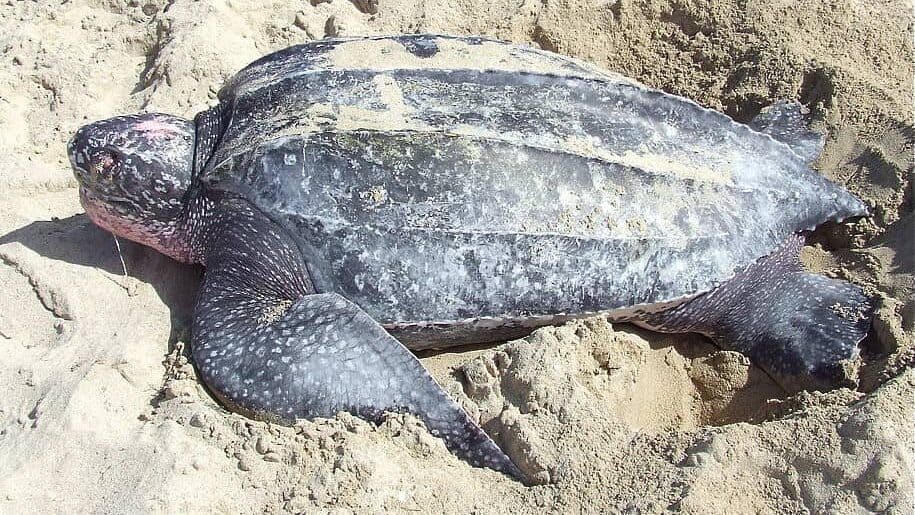
The strong fidelity sea turtles show to their natal beaches offers several evolutionary advantages that have reinforced this behavior over millions of years. By returning to the beach where they successfully hatched, females are essentially choosing a location that has already proven suitable for egg incubation. Beaches have specific characteristics that make them good nesting sites—proper sand texture, temperature range, low predation rates, and limited human interference. A turtle that hatched successfully from a particular beach is more likely to reproduce successfully at that same location.
This behavior also helps maintain genetic adaptations to local conditions. Different nesting beaches may require specific adaptations related to sand type, temperature patterns, or other factors. By returning to their natal beaches, turtles help preserve these specialized adaptations within local populations. Additionally, natal homing reduces competition between populations by distributing nesting activity across different beaches, preventing overcrowding at any single location which could lead to nest destruction, resource competition, or increased disease transmission.
The Nesting Ritual: A Carefully Choreographed Process

Once a female sea turtle reaches her natal beach, she engages in a nesting ritual that has remained largely unchanged for millions of years. Typically arriving under the cover of darkness, she carefully selects a spot above the high tide line, often in the vegetated dunes. Using her flippers, she digs a body pit to settle into, then excavates a deeper, flask-shaped egg chamber using her rear flippers with remarkable precision. Into this chamber, she deposits between 80-120 eggs, depending on the species. After covering the nest and camouflaging it by throwing sand with her flippers, she returns to the sea, leaving her offspring to develop without further parental care.
Most sea turtle species nest multiple times during a breeding season, typically laying a new clutch every 10-14 days. A single female might lay 2-8 nests per season. Remarkably, many species don’t nest every year but instead operate on multi-year cycles, with breeding migrations occurring every 2-4 years. During these “off” years, females build up energy reserves needed for the energetically demanding process of migration and egg production. This carefully timed cycle has evolved to maximize reproductive success while balancing the tremendous energy expenditure required.
Challenges to the Perfect Homing System
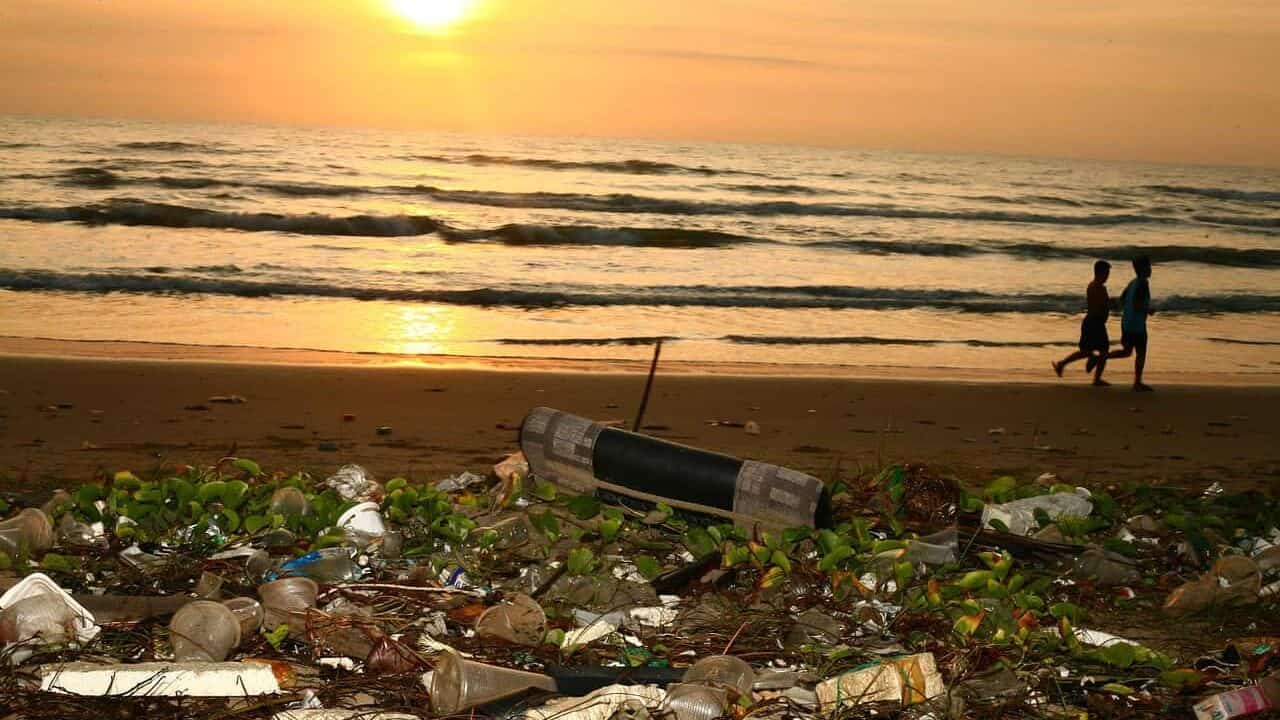
Despite the precision of sea turtles’ navigation systems, they face mounting challenges in the modern world that can disrupt their ability to return to natal beaches. Coastal development has dramatically altered many traditional nesting beaches, sometimes eliminating them entirely. Artificial lighting near beaches can disorient both nesting females and emerging hatchlings, who instinctively move toward the brightest horizon—historically the ocean reflecting moonlight, but now often inland lights from human development. Climate change poses another threat, as rising sea levels erode beaches and alter the magnetic signatures turtles rely on for navigation.
Ocean pollution, particularly plastic debris, creates obstacles during migration and can be ingested by turtles, causing illness or death before they complete their journey home. Electromagnetic pollution may also interfere with turtles’ magnetic sensing abilities. Research suggests that underwater cables, marine vessels, and other sources of electromagnetic fields might confuse turtles’ navigation systems, potentially causing them to miss their target beaches. As these challenges multiply, the ancient ritual of returning to natal beaches becomes increasingly difficult for sea turtle populations worldwide.
Conservation Implications of Nest Site Fidelity
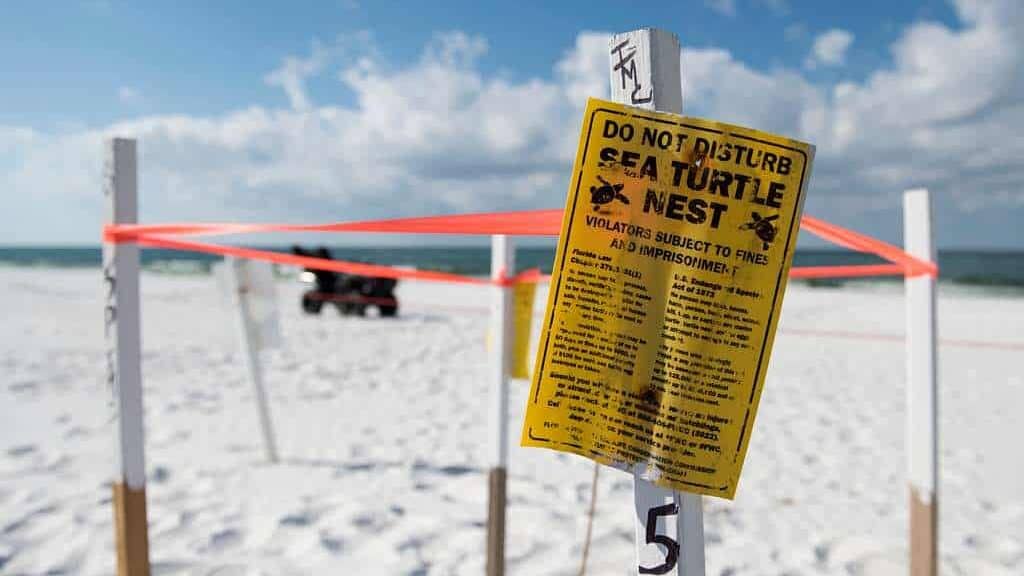
The strong nest site fidelity of sea turtles has significant implications for conservation efforts. Because turtles return to the same beaches generation after generation, damage to or destruction of these specific nesting sites can have catastrophic effects on entire populations. Unlike some other wildlife that might simply relocate when habitats are damaged, sea turtles are programmed to return to their natal beaches regardless of the conditions they find there. This makes protecting known nesting beaches an absolute priority for sea turtle conservation.
This behavior also creates both challenges and opportunities for conservation programs. On one hand, it means conservation efforts can be geographically focused on known nesting beaches, maximizing impact with limited resources. On the other hand, it means that beach-specific threats, such as localized pollution, development, or poaching, can disproportionately impact entire genetic lines of turtles. Conservation strategies must therefore include both beach protection and efforts to reduce threats during the oceanic phases of turtles’ lives, creating a comprehensive approach that addresses all aspects of their complex life cycle.
Exceptions to the Rule: When Turtles Choose New Beaches

While natal homing is the predominant behavior, research has documented instances where sea turtles establish nests on non-natal beaches. These exceptions typically occur when females are displaced from their preferred nesting sites due to environmental changes, human interference, or other disturbances. In some cases, turtles may select alternate beaches that are similar in characteristics to their natal beaches, suggesting they look for familiar environmental cues when their primary site is unavailable. This flexibility, though limited, provides a mechanism for sea turtles to adapt to changing coastlines over evolutionary time.
The process of establishing new nesting beaches is known as “nest site colonization” and appears to be rare but crucial for the long-term survival of sea turtle species. It typically begins with a small number of “pioneer” females nesting in new locations. If successful, their offspring may imprint on this new beach and return to it when mature, gradually establishing a new nesting colony. This process has likely occurred naturally throughout sea turtle evolutionary history, allowing them to adapt to changing coastlines over millions of years. However, the pace of modern coastal changes far exceeds the turtles’ natural ability to adapt through this slow colonization process.
Species Differences in Nesting Site Fidelity

While all sea turtle species exhibit natal homing behavior, the degree of precision varies between species. Kemp’s ridley turtles demonstrate perhaps the most extreme site fidelity, with most of the world’s population nesting on a single beach in Rancho Nuevo, Mexico, often in mass nesting events called “arribadas.” Green turtles and hawksbills typically return to their natal beaches with high precision, often nesting within a few kilometers of their birthplace. Loggerheads show slightly less precision, sometimes selecting nesting sites within a broader region of their natal beach.
Leatherback turtles, the largest and most widely distributed sea turtle species, display the most flexibility in nesting site selection. While they still exhibit natal homing, they may nest across a wider range of beaches within their natal region. This difference may relate to their more pelagic lifestyle and adaptation to colder waters, which requires greater behavioral flexibility. Olive ridley turtles, known for their arribada nesting behavior where thousands nest simultaneously, show strong fidelity to specific beaches but will use multiple beaches within a region. These species-specific differences in nesting fidelity likely reflect different evolutionary pressures and ecological adaptations.
The remarkable phenomenon of sea turtles returning to their natal beaches represents one of nature’s most enduring mysteries. Despite decades of research, scientists continue to uncover new aspects of this complex behavior. The ability of these ancient reptiles to navigate vast oceans using the Earth’s magnetic field, memorize the chemical signatures of their birthplaces, and return with remarkable precision after decades at sea stands as a testament to the sophistication of natural navigation systems that evolved long before human technologies. As we continue to study these magnificent creatures, we gain not only insights into their biology but also a deeper appreciation for the intricate connections between animals and their environments.
Conservation efforts worldwide now focus on protecting both nesting beaches and migration corridors, recognizing that the cycle of return is essential to sea turtle survival. With all seven species of sea turtles currently listed as threatened or endangered, understanding and preserving their navigational abilities and nesting behaviors has never been more critical. By protecting the beaches where sea turtles return year after year, we help ensure that this ancient ritual—one that predates human civilization by millions of years—can continue into the future, allowing new generations to experience the wonder of watching a massive sea turtle emerge from the ocean to nest on the very beach where her life began decades earlier.
- The Animal With the Most Teeth - August 25, 2025
- 15 Weird Things Your Dog Actually Understands - August 25, 2025
- 9 Creatures That Can Glow in the Dark and Why They Do It - August 25, 2025

